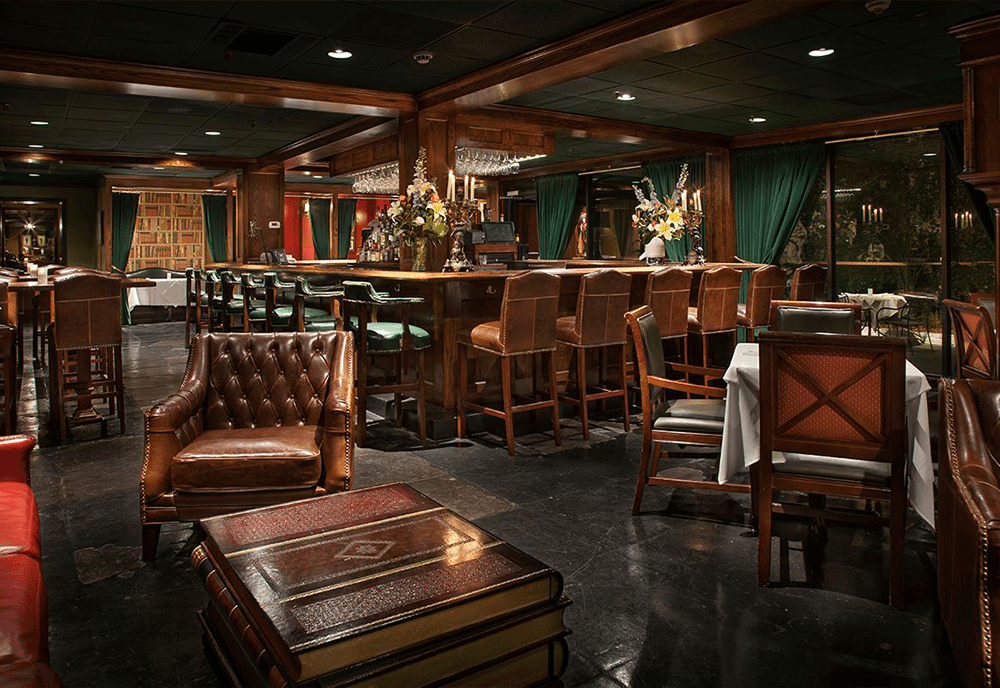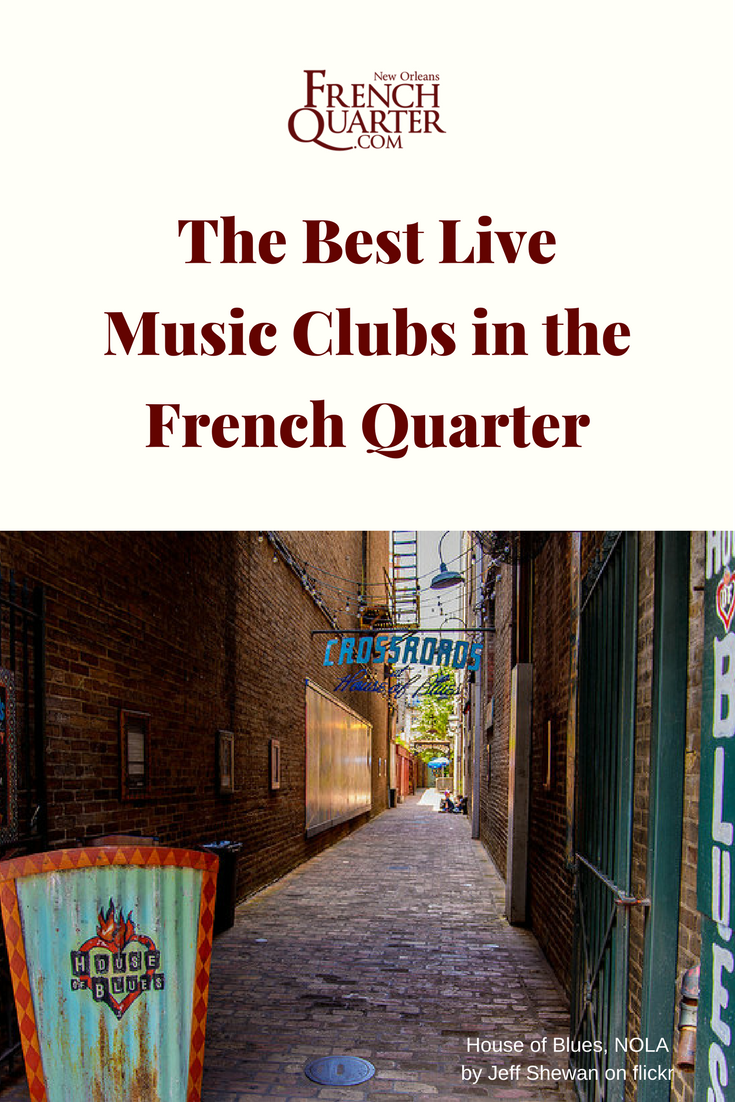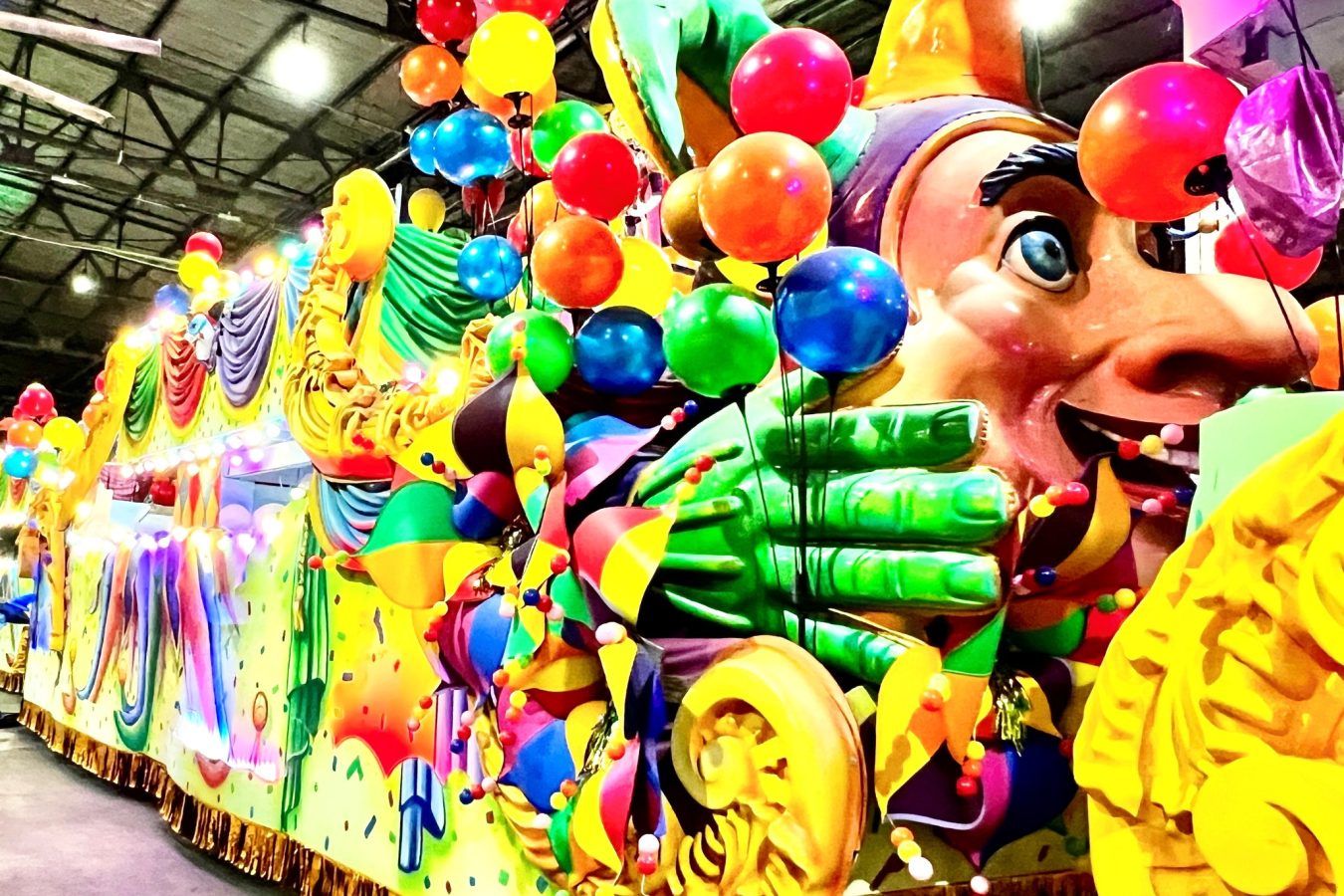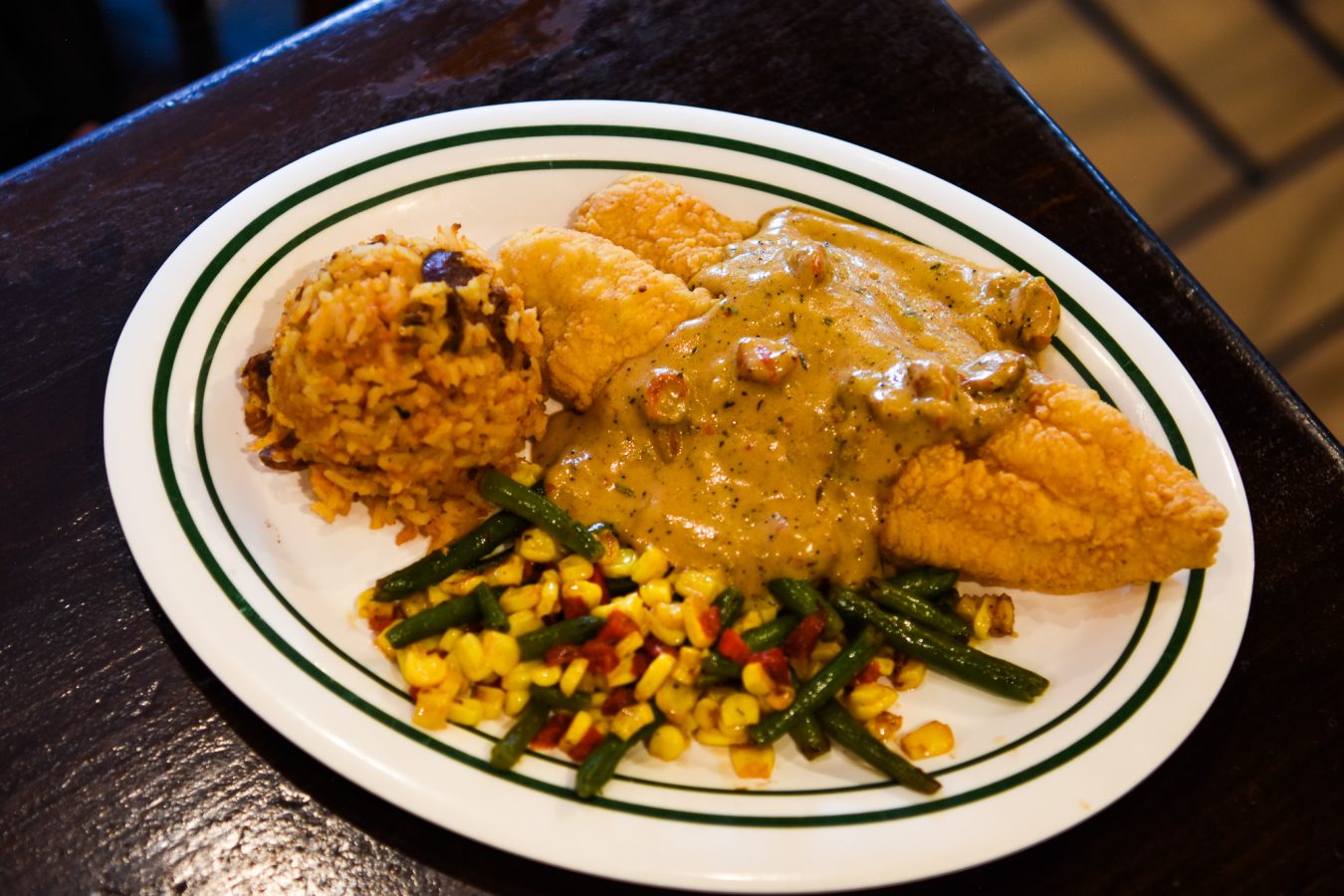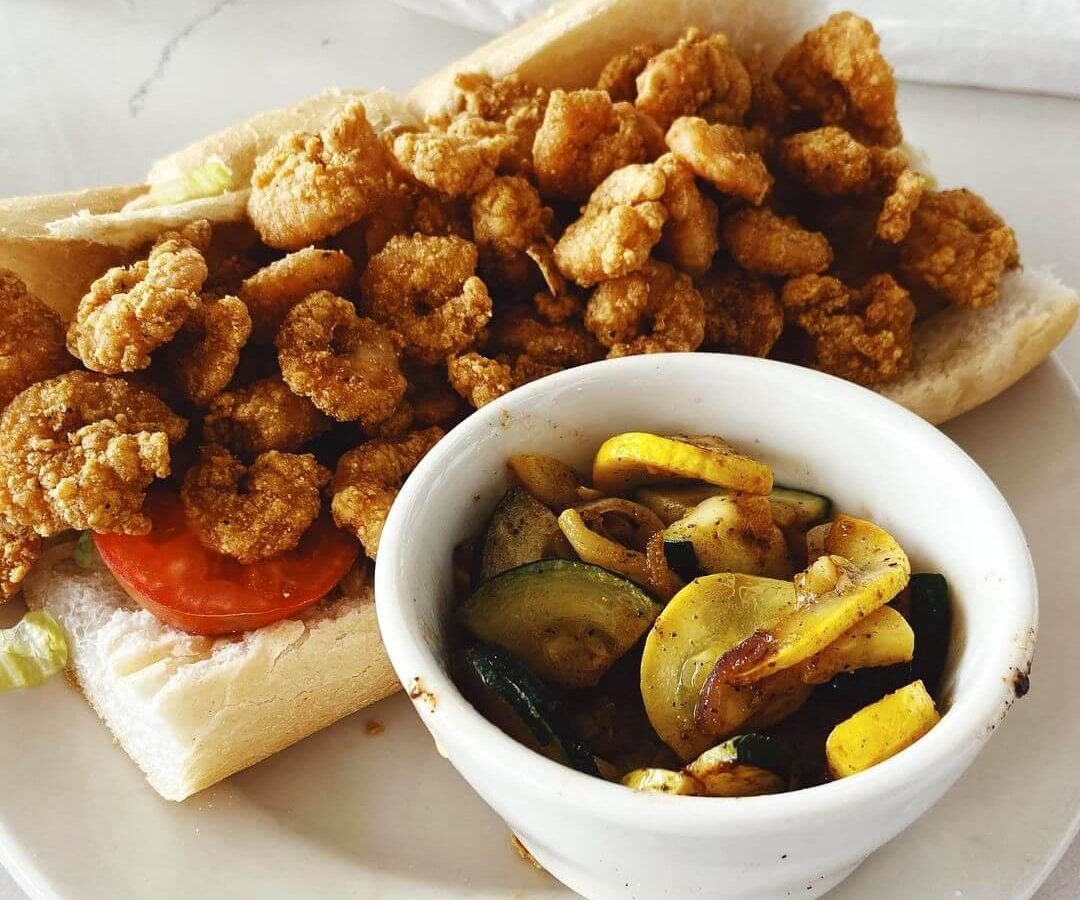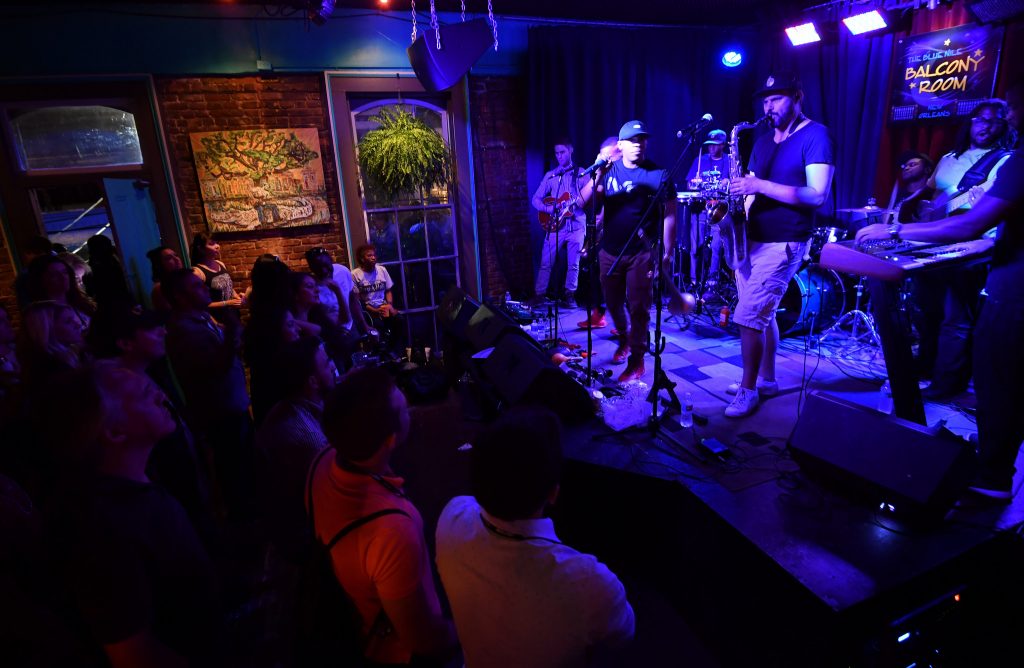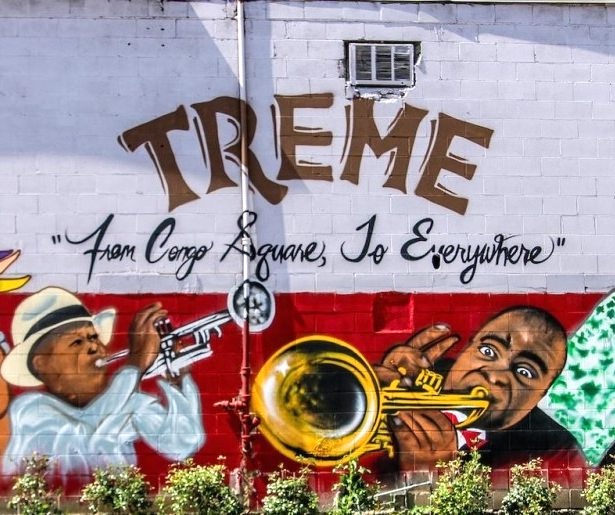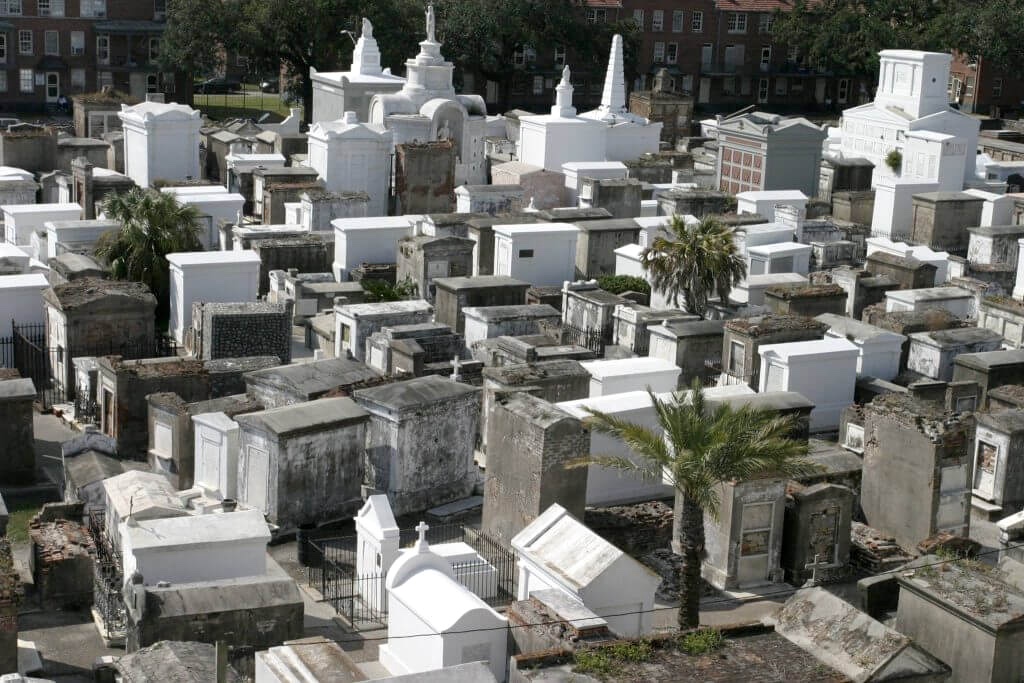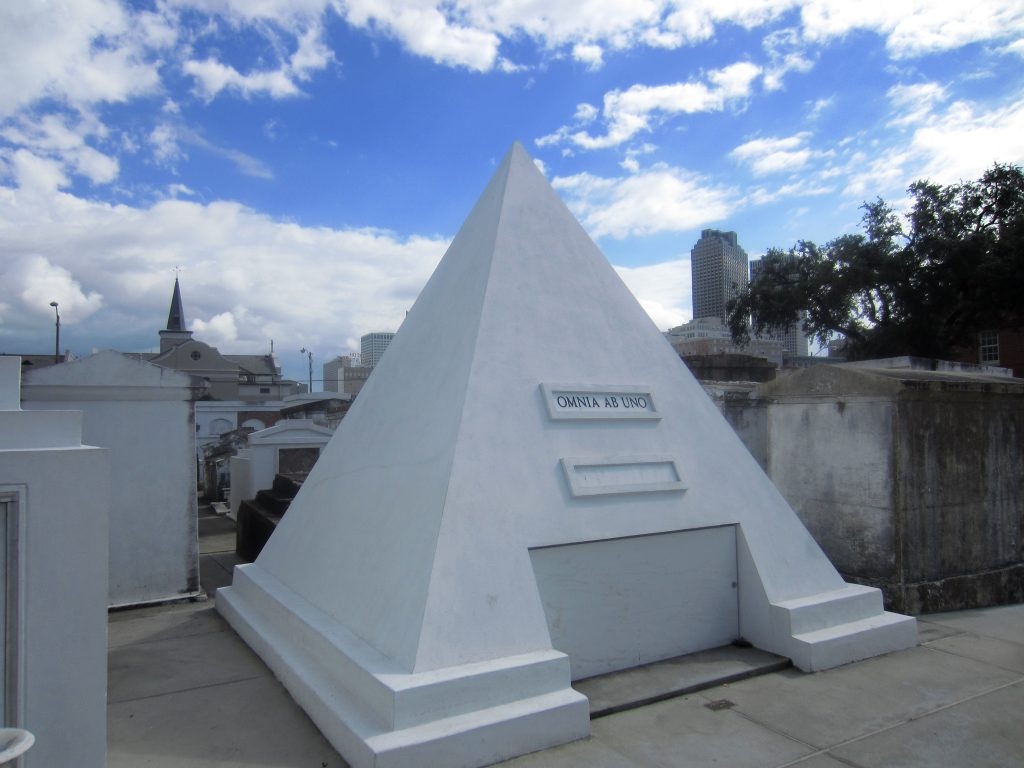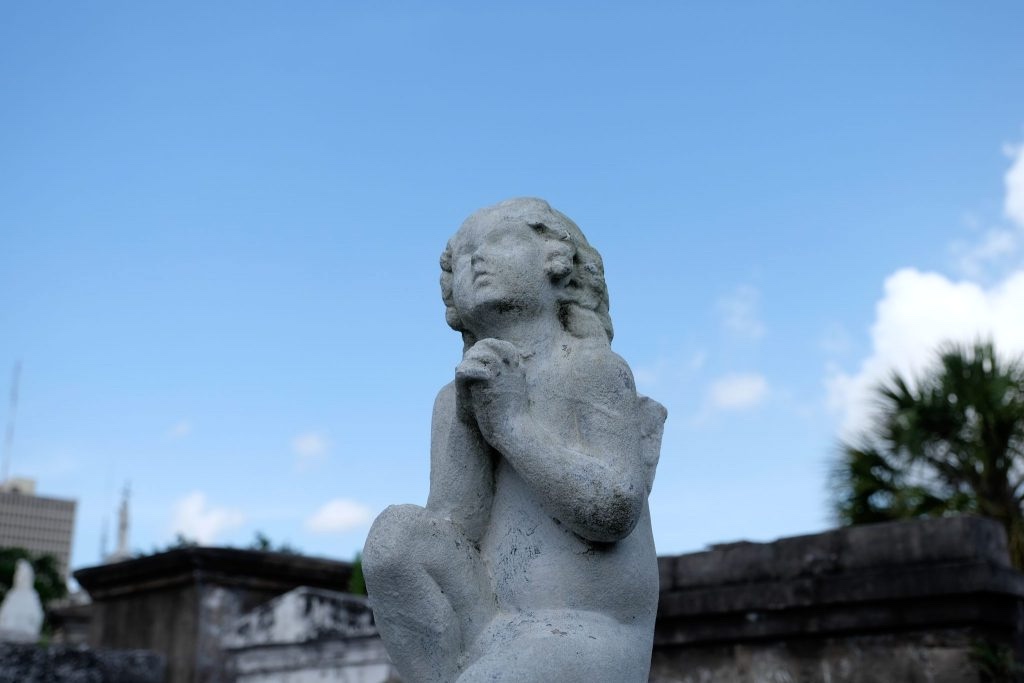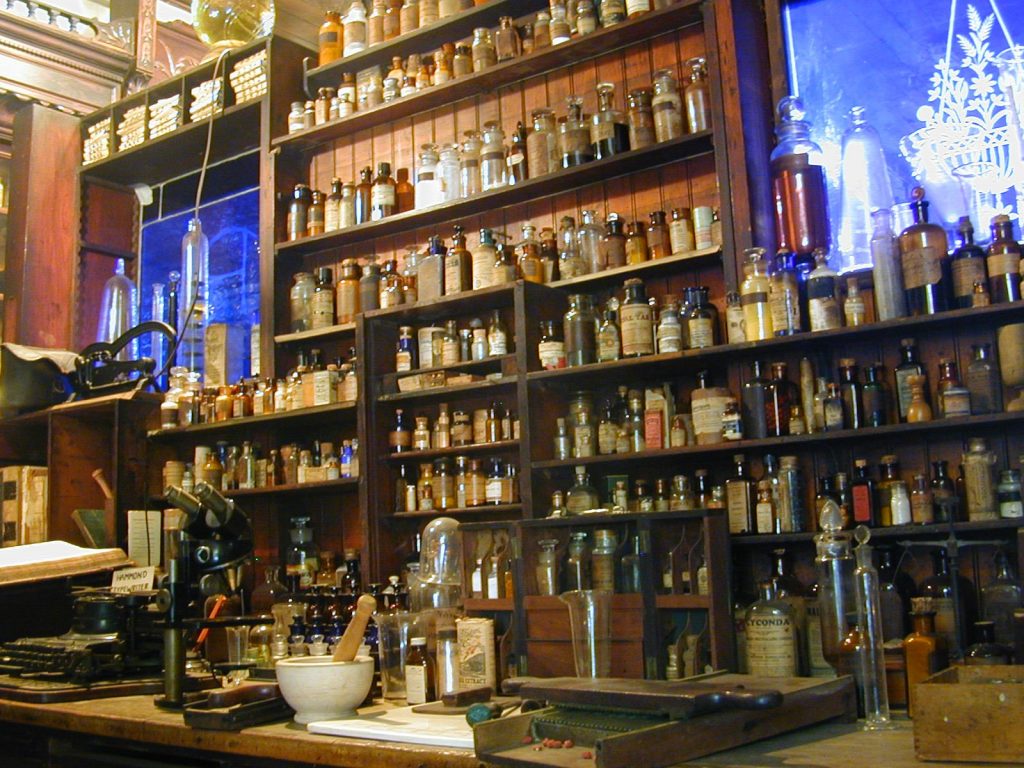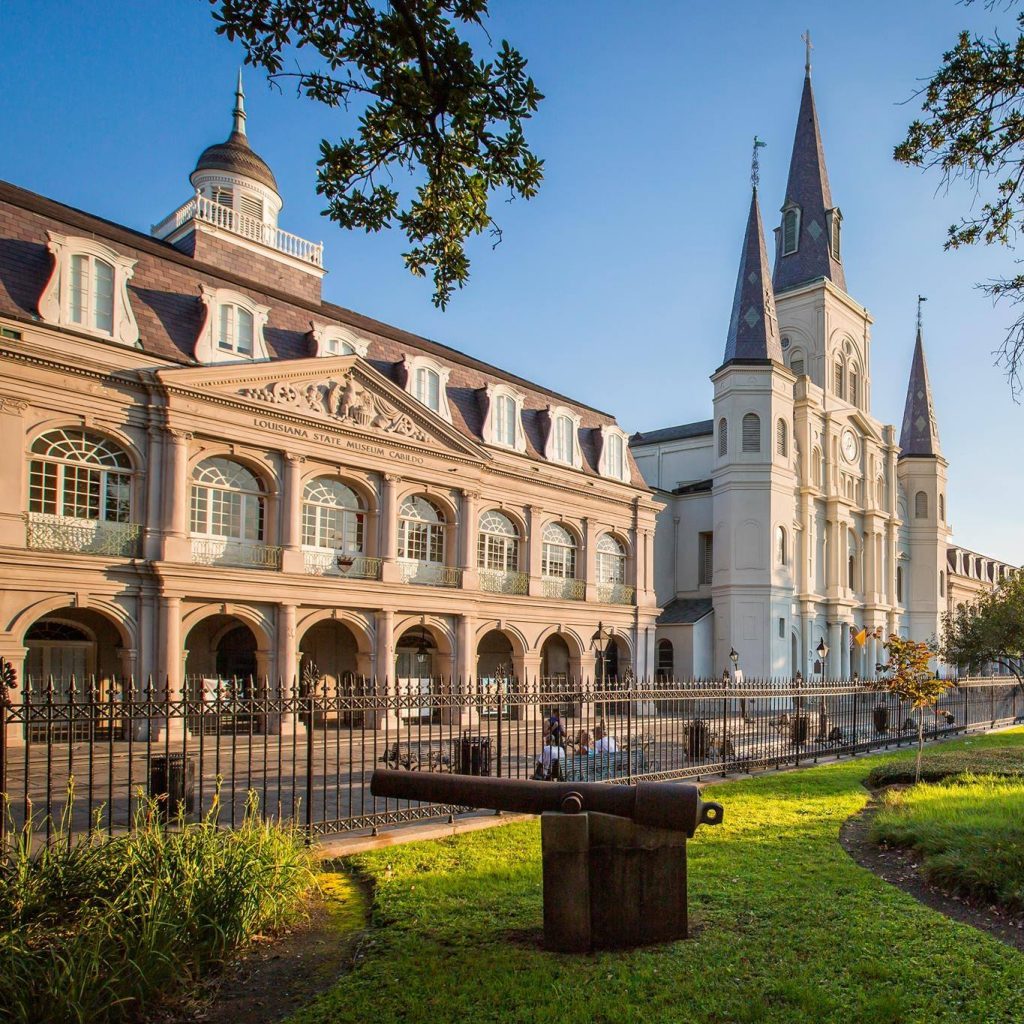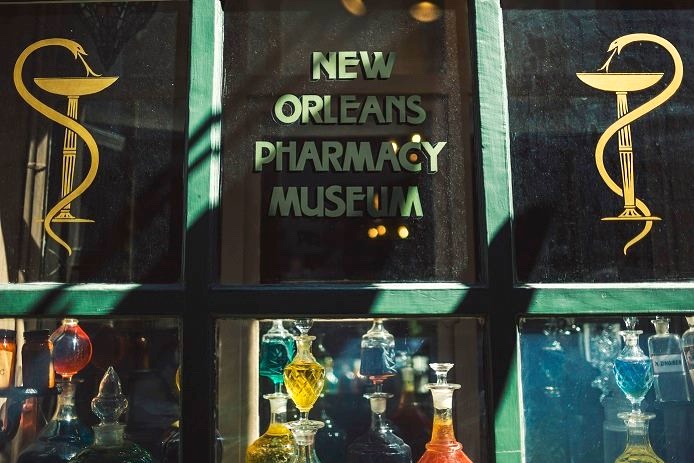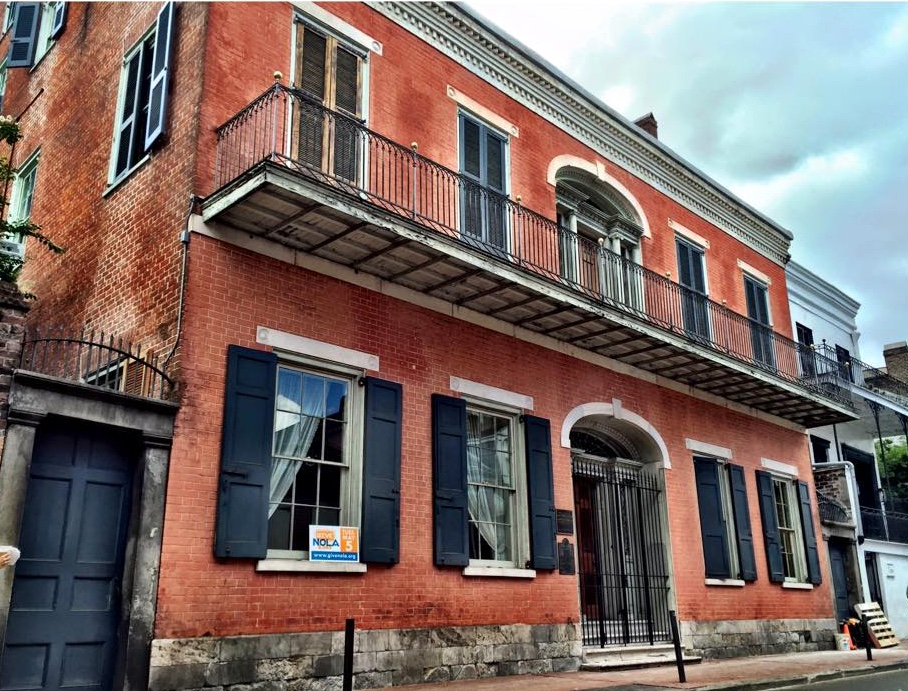Late-Night Dining Near The Brakeman Hotel
The neighborhoods that surround The Brakeman Hotel — the French Quarter and the Marigny, plus Tremé (where the hotel is located), eagerly lend themselves to staying out till you can greet the daybreak in last night’s clothes. To keep up the stamina, however, one must eat, right?
Fortunately, late-night restaurants that pepper the area offer a wide variety of options for noshing round midnight, whether you’re hankering for a burger and fries, need to sample jambalaya before your red-eye flight back home, or are looking for something a little more upscale to polish off the evening in style.
Check out this list of the spots we recommend if the late-night cravings hit. (And by late night we mean after 10 p.m. and well past midnight.)
French Quarter
Clover Grill
900 Bourbon St.
Both the staff and clientele of this Bourbon Street burger joint look like a casting call for a John Waters movie, and the atmosphere is just about as fun. Located across from a thriving gay nightclub, the tile-and-chrome diner is as heavy on camp as it is on calories. Everyone from drag queens to cab drivers keeps the orders for burgers, fries and omelets coming in all night. Open 24 hours.
Coop’s Place
1109 Decatur St.
What appears to be another of the many dark barrooms along Decatur Street reveals an excellent late-night menu of local dishes, including the best inexpensive jambalaya around. Look for pasta dishes loaded with local seafood and tasso (a flavorful Cajun ham smoked on premises), blackened redfish, and a fried alligator appetizer that for once actually tastes like something besides batter. Open till 11 p.m. Friday-Sunday.
Deja Vu Restaurant and Bar
400 Dauphine St.
This 24-hour full-service restaurant and bar in the French Quarter is always available and ready to accommodate. You will find a wide variety of options on the menu ranging from traditional New Orleans fare to downhome comfort food, all reasonably priced. Deja Vu serves breakfast, lunch and dinner all day long and is available for dine-in, carry-out or delivery.
Killer PoBoys
811 Conti St. (in the back of Erin Rose bar)
If you want to depart from the traditional po-boy, pop into Killer PoBoys. They play around with the ingredients here — the black beer beef debris, served with pickled peppers and green beans, is to die for, while the roasted sweet potato po-boy with pecan spread is great for herbivores. Open till midnight on Fridays and Saturdays.
(Killer Poboys has a main branch, also in the French Quarter, at 219 Dauphine St. The menu at both locations changes, so this is just a sample of what awaits.)
Palm&Pine
308 N. Rampart St.
The delicious seasonal menu includes small plates like brussels sprouts and steak tartare. Mains are a robust medley of meat and fish, with a focus on southern BBQ and Gulf offerings. Open till 11 a.m. on Fridays and Saturdays.
Port of Call
838 Esplanade Ave.
If a half-pound hamburger with a side of a loaded baked potato sounds tempting, you’re not alone. You might have to endure a little bit of wait but it will be worth it as this place has been keeping things simple and delicious since the 1960s. Just slide up to the bar while you wait and sip one of the famously strong concoctions like Neptune’s Moonsoon or The Red Turtle. Open till midnight Thursdays through Saturdays.
Quartermaster Deli
1100 Bourbon St.
This French Quarter institution is open 7 days a week, 24 hours. It’s a to-go-only operation, but the menu is as delicious as it is long. Among the favorites are homemade mac-and-cheese, 1/2 pound choice burgers, overstuffed po-boys (especially the roast beef and the hot sausage), entrees like barbecue chicken, New Orleans meatloaf, and hamburger steak. The Deli is also an essential stop if you need some groceries, liquor, or sundries.
The Bombay Club
830 Conti St.
Located in the elegant Prince Conti Hotel, the Bombay Club offers some of the most refined food you’ll find in the French Quarter after 9 p.m. Ribeye, seared Gulf fish and curried cauliflower are a few examples of the dishes served in a British imperial setting of polished wood and well-made cocktails. Dinner is served till 11 p.m.; the bar is open till midnight Wednesday-Sunday.
The Will & The Way
719 Toulouse St.
Open till 1 a.m. every night of the week, The Will & The Way is your go-to for sophisticated bar food — charcuterie and cheese boards, meat pies, house pickle plates, a house burger, and loaded Korean hot fries.
Three Legged Dog
400 Burgundy St.
This place is an unassuming bar with classic pub grub and really good crawfish boils, when in season. Open 24 hours.
Turtle Bay
1119 Decatur St.
The 24/7 Turtle Bay is famous for its 20-ounce rib eye served with potato skins and garlic bread, big enough for two to share. The thin-crust pizza comes with lots of toppings, and there is a handful of signature burgers on the menu along with the classic pub grub like wings and nachos.
Verti Marte
1201 Royal St.
A miracle of space management, this tiny corner deli serves an enormous array of sandwiches, po-boys and hot plates ranging from blackened catfish and creamed spinach to a dense block of utterly comforting macaroni and cheese. You also can’t go wrong with its epic specialty sandwiches like the vegetarian Green Giant and the mountainous All That Jazz — with grilled ham, turkey and shrimp, plus two cheeses, grilled veggies, and the special “wow” sauce. There is barely enough room to stand and order, never mind sit and eat, so all orders are to go. Open 24 hours.
Marigny
13 on Frenchmen
517 Frenchmen St.
With its unbeatable location on Frenchmen Street, this bar is a gem of casual late-night dining. The menu is typical bar food of wings, tater tots, po-boys, and burgers, but there are also some vegetarian and vegan options.
Anna’s
2601 Royal St.
Formerly Mimi’s, Anna’s has food pop-ups like tacos by Tacos Para La Vida on Tuesdays through Fridays. Open till 2 a.m. every night.
Buffa’s
1001 Esplanade Ave.
A funky mainstay that exists just on the other side of the Quarter in the Marigny, Buffa’s is essential for eccentric servers, New Orleans locals, great burgers and etouffee, and live music. Open till 2 a.m. every day.
Dat Dog
601 Frenchmen St.
Dat Dog is located on the music club-heavy part of Frenchmen Street. Not only Dat Dog’s dogs and sausages are pretty amazing but there’s balcony seating overlooking Frenchmen, and the second floor is filled with decorations culled from the Krewe of Chewbacchus (the city’s science fiction/fantasy-themed Mardi Gras krewe). Open till midnight on Mondays through Thursdays, and on Sundays. On Fridays and Saturdays, the party goes on till 3 a.m.
Tremé
Candlelight Lounge
925 N. Robertson St.
Mainly a local bar with excellent live music, Candlelight Lounge is also an option for Creole food. Open till 2 a.m. every night except Wednesdays.
Kermit’s Treme Mother in Law Lounge
1500 N. Claiborne Ave.
This iconic New Orleans institution was well run for decades by the late R&B and jazz legend Ernie K-Doe and his wife Antoinette. When both passed, Kermit Ruffins bought it and continued the tradition with live music and BBQ. You may know Ruffins for his music, but he’s an experienced and enthusiastic BBQ chef as well.
Planning a Visit to New Orleans?
We’d love for you to stay with us! And if you do, consider booking a guided tour of St. Louis Cemetery No. 1 to experience the hauntingly beautiful past of New Orleans.
For easy, informative sightseeing, we recommend the City Sightseeing New Orleans city tour on the open-top, double-decker bus. It runs every 30 minutes through the Garden District, French Quarter, and CBD. You can hop on and off anytime, and your kids won’t have to do all this walking.
Take advantage of The Brakeman Hotel specials, group rates, and best-rate guarantee for greater savings to spend on New Orleans’ famous cuisine and enjoy everything this magnificent city has to offer. Reserve your room today!

